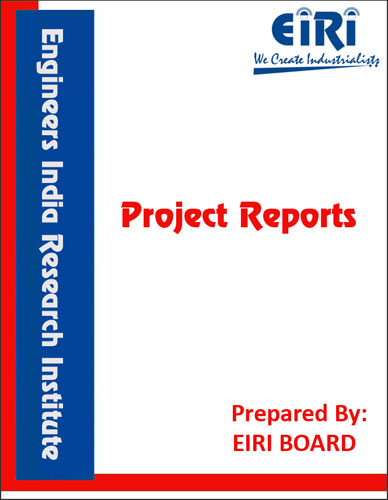DI CALCIUM PHOSPHATE (FEED GRADE)
The project report includes Present Market Position and Expected Future Demand, Market Size, Statistics, Trends, SWOT Analysis and Forecasts. Report provides a comprehensive analysis from industry covering detailed reporting and evaluates the position of the industry by providing insights to the SWOT analysis of the industry.
We can prepare PROJECT REPORT as per your INVESTMENT PLAN for BANK LOAN REQUIREMENT and INDUSTRY ANALYSIS. All reports are prepared by highly qualified consultants and verified by a panel of experts.
Have Query? Click Here to Chat
Industry Expert is Online, Chat with him for more detail.

Rock phosphate is the source from which dicalcium phosphate can be manufactured. It finds applicability as a fertilizer and animal feed. The phosphours pentoxide content ranges around 41-42% in the dihydrate form. The trade mark for a dentrifice grade dicalcium phosphate dihydrate is captioned as “Dicalcium phosphate victor”. It is CaHPO4.2H2O plus additive. FCC grade, Which is used as polishing agent in dentrifices.
In the shallow, medium and deep-black soils having the carbonate content from 3 to 6%, the available phosphorous was highest at 60 days when superphosphate was applied, whereas in the alluvial soil containing 1% carbonate , the highest available phosphorous was observed at 60 days when the fertilizer applied was dicalcium phosphate.
Dicalcium phosphate proved as effective as superphosphate on alluvial,coastal alluvial, red and laterite soils, but was inferior on medium-black and deltaic saline soils.
Non granulated dicalcium phosphate appears to be an acceptable phosphate source for rice on soil other than medium black and deltaic saline. for up land cereals the limited available data indicate that some water soluble phosphate is necessary along with dicalcium phosphate. For grain legumes, however, di-calcium phosphate does not seem to be a good source on alluvial, medium-black and mixed red and black soils. It may be mentioned that superphosphate supplied more calcium and additionally sulphur, which could be critical for grain legumes in some soils. the basic raw material for this product being rock phosphate.
INTRODUCTION
PROPERTIES & CHARACTERISTICS
COMPOSITION OF DICALCIUM PHOSPHATE (CAHPO4.2H2O)
USES & APPLICATIONS
B.I.S. SPECIFICATIONS
MARKET POTENTIAL
ANIMAL FEEDS: PHOSPHATE SUPPLEMENTS
DETAILED PROCESS OF MANUFACTURE
HAIFA PROCESS
MANUFACTURE OF FEED GRADE DICALCIUM PHOSPHATE
COMPLETE FLOW DIAGRAM
TOP MANUFACTURERS/EXPORTERS OF DI-CALCIUM PHOSPHATE (FEED GRADE)
SUPPLIERS OF MACHINERY & EQUIPMENTS
SUPPLIERS OF RAW MATERIALS
APPENDIX – A :
1. COST OF PLANT ECONOMICS
2. LAND & BUILDING
3. PLANT AND MACHINERY
4. FIXED CAPITAL INVESTMENT
5. RAW MATERIAL
6. SALARY AND WAGES
7. UTILITIES AND OVERHEADS
8. TOTAL WORKING CAPITAL
9. COST OF PRODUCTION
10. PROFITABILITY ANALYSIS
11. BREAK EVEN POINT
12. RESOURCES OF FINANCE
13. INTEREST CHART
14. DEPRECIATION CHART
15. CASH FLOW STATEMENT



